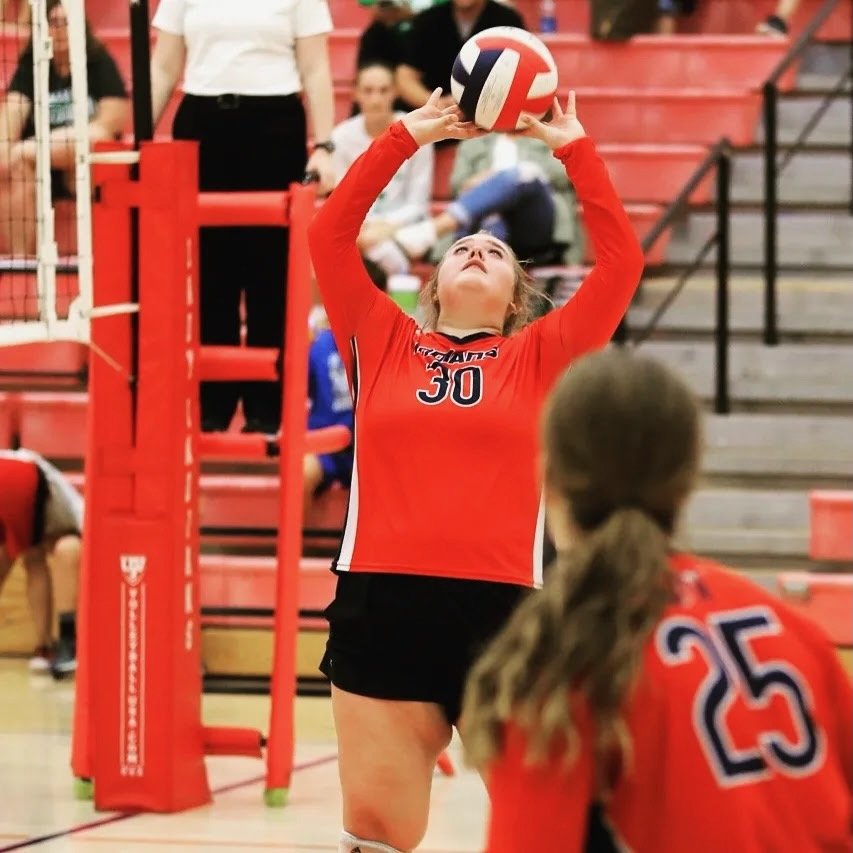Get the Winning Edge: Expert Advice on Dealing with Sports Injuries in Youth Athletes.
In small town West Texas, youth and high school sports reign supreme. Sports bond us together, keep our children active, provide us with entertainment and discussion topics, and provide a platform for teaching valuable life lessons to our kids.
With a relatively small census of athletes in our rural communities and a high popularity of sports, we tend to see high performing athletes compete in multiple sports. As competition and demand for higher performance increases, consequently, we see a rise in injuries in multi-sport youth athletes.
We tell parents of youth athletes that injuries occur and/or accumulate due to 3 factors; physical demand placed on the tissue, a growing and developing body/skeleton, and present faulty body mechanics during movement. High physical demand places a magnifying glass on any faulty movement pattern, and when this occurs on a growing and developing musculoskeletal system injuries will occur.
The vast majority of sports related injuries are classified into the sprain or strain category and are referred to as soft tissue injuries. Soft tissue refers to muscle, tendon, ligament, and joint capsules. Most sports related soft tissue injuries are preventable and prevention comes in multiple forms including evidence-based prescriptive intervention and education.
The vast majority of sports related injuries are classified into the sprain or strain category and are referred to as soft tissue injuries. Soft tissue refers to muscle, tendon, ligament, and joint capsules. Most sports related soft tissue injuries are preventable and prevention comes in multiple forms including evidence-based prescriptive intervention and education.
Physical therapists are movement specialists, and with sports related soft tissue injuries, there is a valuable two-part role for physical therapy. First and foremost, evaluation of the athlete’s movement and body mechanics with subsequent prescriptive exercise regimen prior to injury. Second, rehabilitating the athlete following injury in preparation for return to sport.
Dr. Chase Riley, PT evaluating an athlete’s knee injury at BODY WORX PT
There has been a paradigm shift in soft tissue injury management in the acute and subacute stages. There has always been the “rub some dirt on it and walk it off” method. We’re Texans, toughness is part of who we are and one of the valuable lessons sports can teach.
Another familiar method is often referred to as the “RICE” method; an acronym for rest, ice, compress, and elevate. However, we have learned that this method is likely not the best way to facilitate healing the fastest. In fact, the RICE method has since been renounced by Dr. Mirkin himself, the physician who originally coined it.
Most recently, we manage soft tissue injuries using the acronym “PEACE and LOVE”.
PEACE refers to the acute (0-4 days) management of the injury as follows:
Protection: Avoid activities and movement that increase pain during the first few days after injury
Elevation: Elevate the injured limb higher than the heart as often as possible
Avoid anti-inflammatories: Avoid taking anti-inflammatory medications as they reduce tissue healing and avoid icing.
Compression: Use compression garment, elastic bandage, or taping to reduce swelling.
Education: Your body knows best. Avoid unnecessary passive treatment and medical investigations, and let nature play its role.
LOVE refers to the subacute (5-28 days) management of the injury as follows:
Load: Let pain guide your gradual return to normal activities. Your body will tell you when it’s safe to increase load.
Optimism: Condition your brain for optimal recovery by being confident and positive.
Vascularization: Choose pain-free cardiovascular activities to increase blood flow to healing tissues.
Exercise: Restore mobility, strength, and proprioception by adopting an active approach to recovery.
As a Big Country native, avid sports enthusiast, parent to youth athletes, and an orthopedic physical therapist, my encouragement to parents of young athletes is three-fold:
Keep your children actively involved in competitive athletic activities.
Learn how to most effectively address sports related soft tissue injuries in your children to reduce risk for injury, lost time, and cost.
Recognize that sports related soft tissue injuries can be prevented, and one aspect of that is through physical therapy evaluation and an individualized prescriptive exercise plan.
If you’re interested in learning more about how to reduce the risk for injury or recover from a sports related injury, give us a call at BODY WORX Physical Therapy!
Dr. Chase Riley, PT, DPT, OCS
Doctor of Physical Therapy
Board Certified Specialist in Orthopedics
Clinical Director at BODY WORX Physical Therapy



